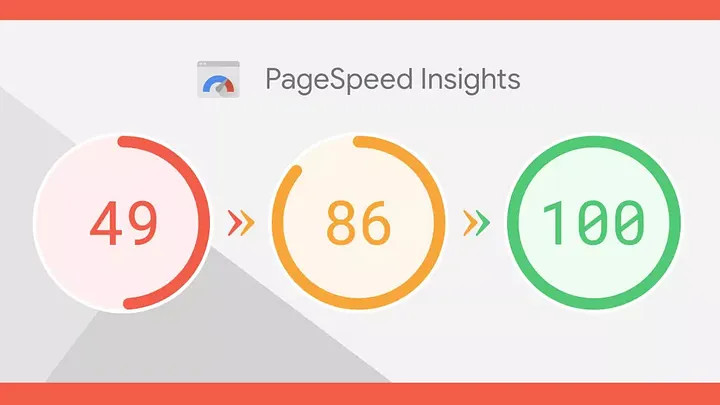How to Boost Website Speed and Improve User Experience

In today’s fast-paced digital world,
website speed plays a critical role in determining user experience (UX). A
slow-loading website frustrates visitors, increases bounce rates, and
negatively impacts your search engine rankings. For businesses, especially
small and medium-sized enterprises (SMEs), ensuring a fast and seamless user
experience is essential to retaining customers and driving growth.
Here’s a comprehensive guide on how
to boost your website speed and improve user experience.
1.
Optimize Images
Images are often the largest
elements on a website, and unoptimized images can significantly slow down
loading times.
- Use the right format: JPEG for photos, PNG for
graphics, and WebP for modern, lightweight images.
- Compress images using tools like TinyPNG or ImageOptim.
- Implement lazy loading, so images load only when they
appear in the user’s viewport.
2.
Minimize HTTP Requests
Every file (images, CSS, JavaScript)
requires an HTTP request, which can add up quickly.
- Combine CSS and JavaScript files to reduce the number
of requests.
- Use inline CSS for critical elements to speed up
initial rendering.
- Remove unnecessary plugins and scripts.
3.
Enable Browser Caching
Browser caching stores frequently
used data locally on a visitor's device, reducing the need to reload the same
content repeatedly.
- Set expiration dates for static resources like images
and scripts.
- Use caching plugins like WP Rocket or W3 Total Cache
for WordPress.
4.
Use a Content Delivery Network (CDN)
A CDN stores your website's content
on multiple servers worldwide, delivering it from the closest server to the
user.
- Reduces latency and speeds up content delivery.
- Popular CDN services: Cloudflare, Akamai, and Amazon
CloudFront.
5.
Optimize Website Code
Clean, efficient code is key to a
fast website.
- Minify CSS, JavaScript, and HTML to remove unnecessary
characters like spaces and comments.
- Defer non-critical JavaScript to load after the main
content.
- Use asynchronous loading for scripts to prevent them
from blocking page rendering.
6.
Choose Fast and Reliable Hosting
Your hosting provider significantly
impacts your website’s speed.
- Opt for a hosting plan that matches your traffic needs
(shared hosting may not suffice for high traffic).
- Consider managed hosting or cloud hosting for better
performance.
- Providers like SiteGround, Bluehost, and AWS are known
for speed and reliability.
7.
Implement AMP (Accelerated Mobile Pages)
AMP is a framework that delivers
lightweight, stripped-down versions of your website pages for mobile users.
- Improves load time on mobile devices.
- Ensures better performance for users with slow internet
connections.
8.
Reduce Redirects
Too many redirects create additional
HTTP requests, slowing down your website.
- Audit your website to identify unnecessary redirects.
- Use direct links instead of relying on multiple
redirect chains.
9.
Enable Gzip Compression
Gzip compresses website files before
sending them to the browser, reducing file size and speeding up load times.
- Check if Gzip is enabled using tools like GTmetrix or
Pingdom.
- Most hosting providers offer Gzip compression as a
standard feature.
10.
Regularly Monitor Performance
Keep track of your website’s speed
and user experience with analytics tools.
- Use Google PageSpeed Insights or Lighthouse to identify
performance issues.
- Monitor real-time user interactions using tools like
Hotjar.
- Continuously optimize based on data insights.
11.
Simplify Website Design
A cluttered design with excessive animations,
videos, and pop-ups can overwhelm users and slow down your website.
- Focus on clean, minimalistic layouts.
- Limit the number of fonts and colors to create a
cohesive look.
- Ensure navigation is intuitive and straightforward.
12.
Optimize for Mobile Users
With mobile traffic dominating the
web, your website must perform seamlessly on smaller screens.
- Use responsive design to adapt to various devices.
- Test mobile performance using tools like
Mobile-Friendly Test by Google.
13.
Monitor and Improve UX
Speed is essential, but UX goes
beyond load times.
- Use clear, consistent navigation menus.
- Make buttons and CTAs prominent and easy to click.
- Provide meaningful content that aligns with your
audience’s needs.
Conclusion
Improving website speed and user
experience is not just about technical optimizations—it’s about putting your
users first. By implementing the strategies outlined above, you can create a
website that is not only fast but also delightful to use.
Start enhancing your website’s speed and UX today to boost engagement, reduce bounce rates, and stay ahead of the competition.
